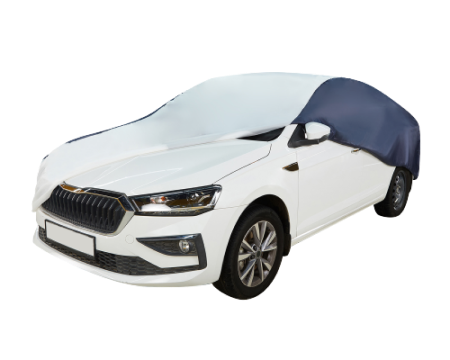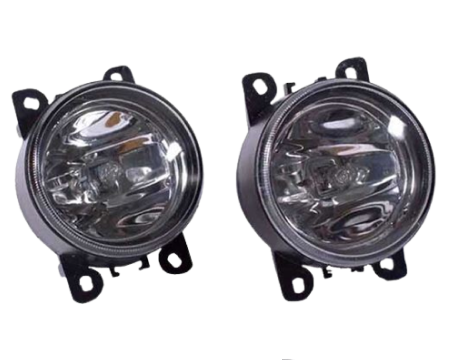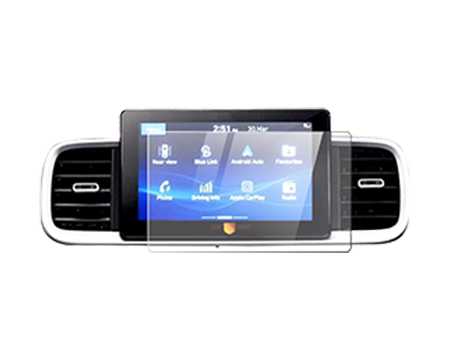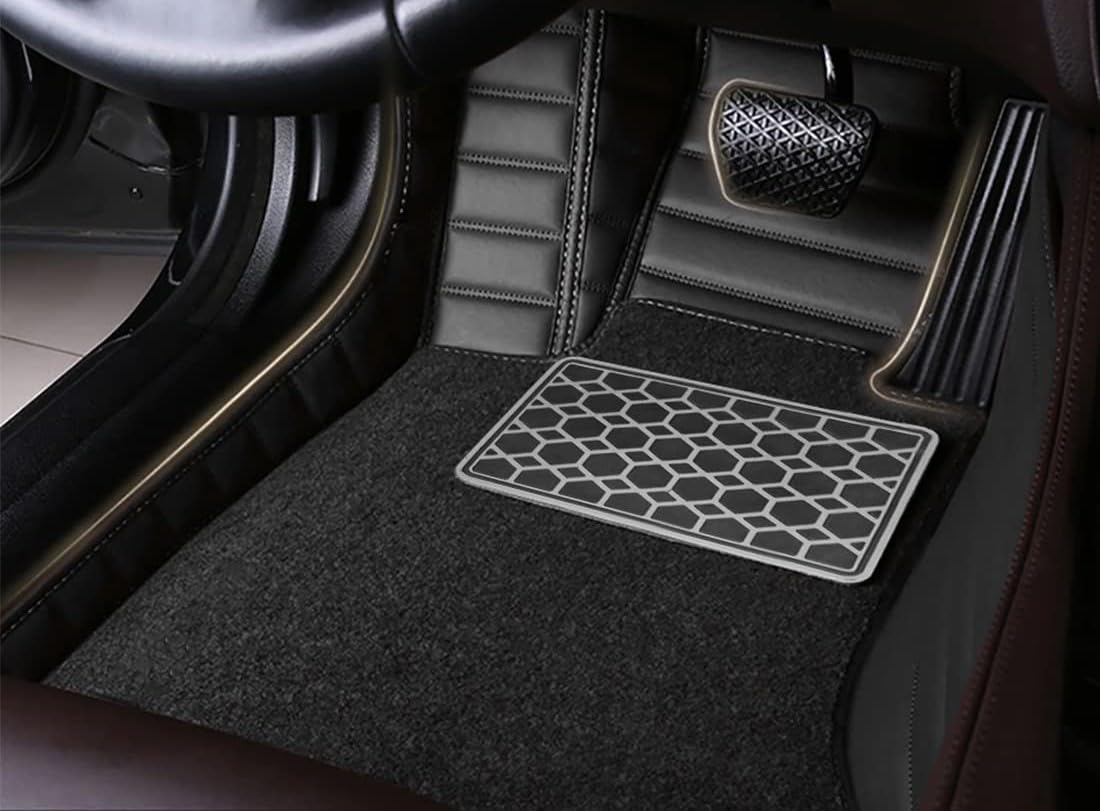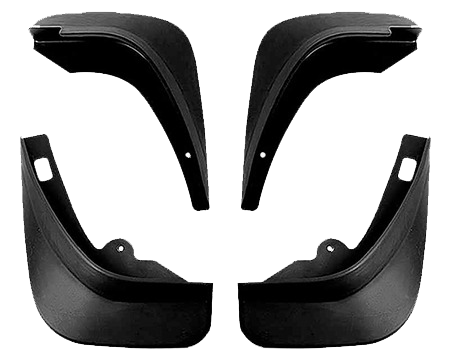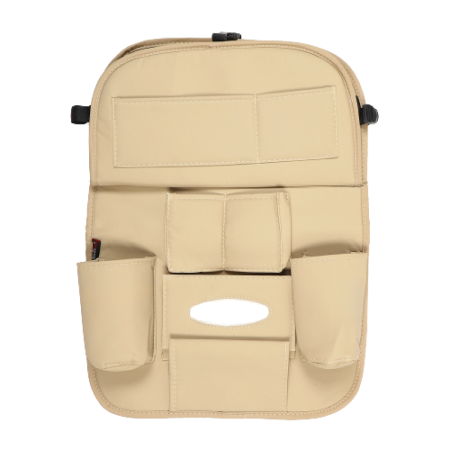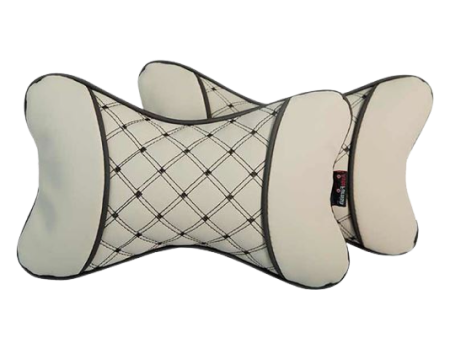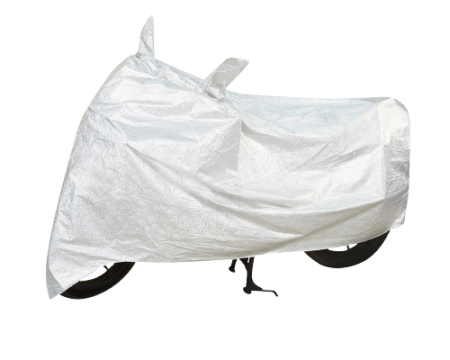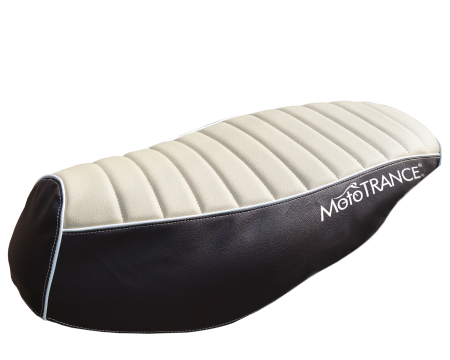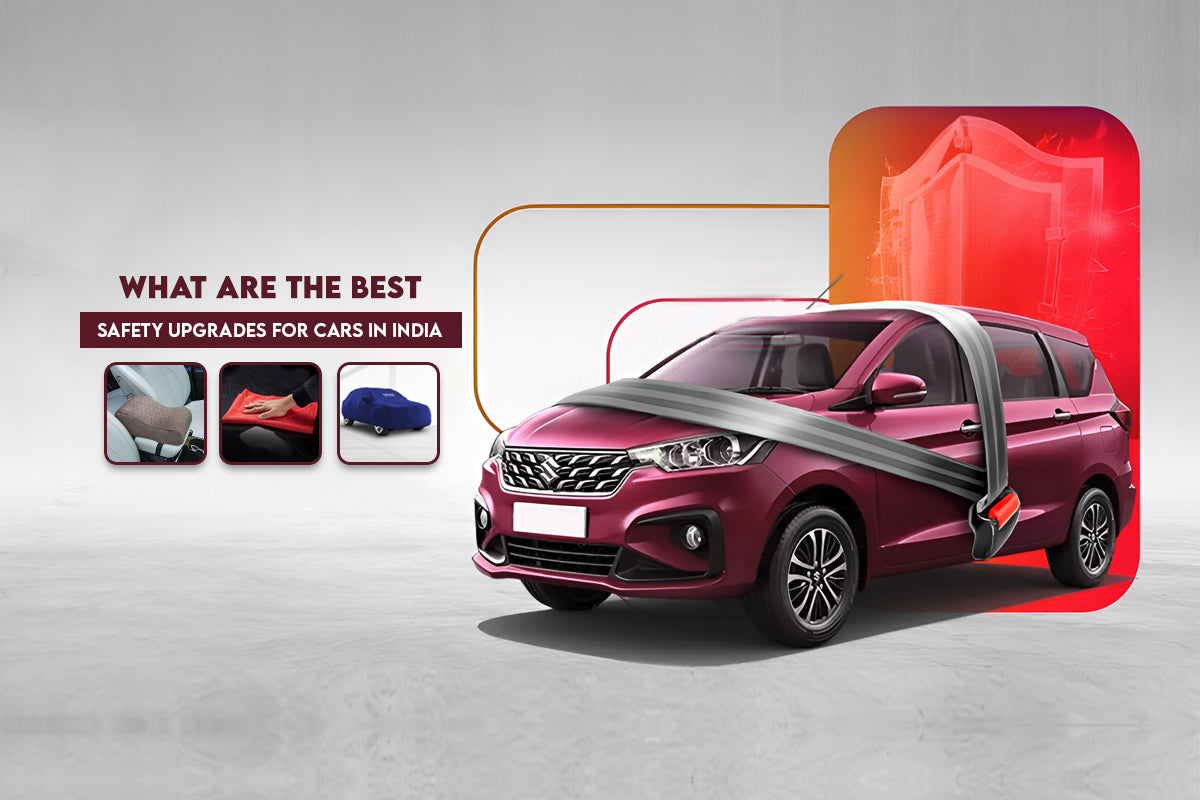As customers demand greater economy and automakers strive to increase the number of eco-mobility alternatives available, hybrid vehicles are the ideal solution.
Furthermore, hybrid sedans fall perfectly between IC (internal combustion) cars and EVs (Electric Vehicles). They are neither as polluting and inefficient as cars with internal combustion engines nor are they as unreliable as electric vehicles at the moment
As a result, many experts feel that hybrid cars are a useful stepping stone in India's move from ICE automobiles to EVs, at least until external charging infrastructure catches up.

What is a Hybrid Vehicle?
A hybrid vehicle has more than one power source, and it is made up of a petrol or diesel engine and an electric motor.
Both operate together to turn the wheels. As a result, less fuel is burnt, improving fuel economy. When you brake in most hybrid cars, energy is created and used to replenish the high-voltage battery.
How does a Hybrid System Work?
Hybrids combine an electric motor, a battery pack, that powers the car at low speeds, and an internal combustion engine that kicks in for greater speeds, hill climbing, or battery charging. Regenerative braking harnesses the motion of the automobile as it slows or coasts to generate more power.
Even when the gas engine is doing the majority of the work on the road, the electric motor offers seamless power. This improves the car's responsiveness, especially in city driving, while also saving fuel.
Types of Hybrid Cars
Mild Hybrids
Mild hybrid is one of the most recent advancements in hybrid electric vehicle technology. The mild hybrid technology gives the vehicle's combustion engine a little boost when it is started from a standstill.
Because they obtain energy from the collective power of a combustion engine and regenerative braking, these engines do not need to be plugged in and are found in 48-volt electric systems.
Example: Maruti Suzuki Ciaz, Toyota Glanza
Full Hybrids
Full hybrids have both electric and combustion engines. However, the electric component in hybrid vehicles may manage a greater workload than the mild hybrid component. There are two types of full hybrid vehicles: parallel hybrids and series hybrids.
Parallel Hybrids
A parallel hybrid generally combines an internal combustion engine (ICE) with a high-voltage electric drive system that aids in propulsion. External charging is not required.
Examples: Toyota Camry Hybrid, Honda City e:HEV, Hyundai Ioniq
Series Hybrids
Since an electric motor is the only source of power in this situation, driving is more similar to that of an electric vehicle.
In this mode, the gasoline engine is just there to charge the battery. Furthermore, the combustion engine drives the electric generator rather than the driving wheels, resulting in sleeker and more rapid acceleration.
Example: BMW i3
Plug-in Hybrid
A plug-in hybrid vehicle, like an electric car, has a bigger battery pack that must be charged externally and provides an all-electric run for around 30 to 80 kilometres (approx). When the car's electric energy is exhausted, it reverts to a normal parallel hybrid.
Example: Toyota Prius

Why Should You Switch to a Hybrid Vehicle?
-
Hybrids are more fuel-efficient
The fundamental advantage of hybrid automobiles is that they use less gas than conventional vehicles. Because hybrid vehicles do not rely exclusively on their gas engines to operate, they simply consume less fuel overall, saving you a significant sum of money.
However, this isn't the sole reason hybrids are more fuel efficient. Because of the hybrid configuration, car makers can downsize the primary engine, resulting in higher fuel efficiency. Furthermore, hybrids have regenerative braking, which means that every time the brake is engaged, it helps to replenish the battery.
-
Hybrids care more about the environment
Tailpipe emissions from conventional vehicles potentially wreak havoc on the environment. When compared to normal gas cars, hybrid variants of the same vehicle type have several "green" advantages.
Furthermore, hybrid vehicles provide a better road to a greener future than electric vehicles, given that the country generates the majority of its electricity by burning coal or other fossil fuels. As a result, in developing markets, EVs pollute more than hybrids.
-
Hybrids don’t give you range anxiety
Range anxiety, or the worry of not having enough juice to get from point A to point B, is a prevalent issue among owners of battery-only electric vehicles. If you possess a hybrid vehicle, you will not be bothered about the vehicle range. When the high-voltage battery in a hybrid vehicle runs out of charge, the vehicle will rely more on the ICE.
-
Hybrids are better suited to Indian conditions
Because it does not rely on external charging infrastructure, hybrid technology is now best suited for Indian circumstances. The charging infrastructure for EVs in India is still in its infancy, which is a deal breaker for many in the country.
68% of Indians favour internal combustion engine-powered automobiles as their next purchase, according to a global study performed by Deloitte. Only 4% want a pure EV as their future car, while 24% prefer a hybrid.
Furthermore, this demand is projected to grow as the government gives additional tax incentives on hybrid vehicles, lowering the cost.
-
Hybrids drive like traditional cars
If you’re a car enthusiast, this point is a real deal for you. Unlike electric cars which lack the soul and feel of an ICE car, hybrid cars' performance and feel on the road is comparable to traditional cars. Therefore, shifting to a hybrid vehicle makes much sense if you want to enjoy driving the car without causing a hole in your pocket.
Top 5 Hybrid vehicles to look out for
Here are some of the best hybrid vehicles in the Indian market to look out for:
Toyota Camry Hybrid
Price: Rs 45.25 lakhs (ex-showroom)
The Camry chose the hybrid route many years ago, and the vehicle is propelled by a 2.5-litre petrol engine mated to a 245-volt battery pack, the same configuration as the Lexus ES 300h. With the aid of a CVT transmission, this engine produces 214 horsepower and 221 Nm of peak torque.
Toyota claims a mileage of 19.1 kmpl, somewhat less than the ES 300h, although using the same engine-battery pack configuration as Lexus. The Toyota Camry Hybrid can accommodate passengers in the most opulent manner while having a range of 958 kilometres.
Honda City e:HEV
Price: Rs 19.89 lakh (ex-showroom)
Recently, the Honda City e:HEV was introduced in India, with a price tag of slightly under Rs 20 lakh. With the aid of a CVT transmission, the vehicle's 1.5-litre petrol engine and 172.8-volt lithium-ion battery pack combine to produce 124 horsepower and 253 Nm of torque.
The vehicle has two electric motors, one of which serves as a generator to charge the battery pack while driving and the other of which drives the vehicle in pure electric mode at low speeds. Using onboard computers, the automobile changes between electric and hybrid power on its own without the need for human intervention.
Lexus Es300h
Price: Rs 59.71 - 65.81 lakhs (ex-showroom)
Lexus vehicles have brought a whole new dimension to the luxury automobile market, thanks to their unique appearance and the fact that many of them employ petrol-electric hybrid powertrains.
The 2.5-litre four-cylinder gasoline engine that powers the Lexus ES 300h is coupled to a 1.6-kWh nickel metal hydride battery pack to produce a combined output of 214 horsepower and 221 Nm of torque. The car runs in pure electric mode but shifts to a blend of ICE and EV power at greater speeds, allowing it to go from 0 to 100 kilometres per hour in 8.9 seconds and deliver 22.5 kmpl (Claimed).
MG Hector Hybrid
Price: Rs 17.40 - 18.75 lakhs(ex-showroom)
The MG Hector was instrumental in the launch of MG Motors in India and is also among the most affordable hybrid vehicles on the list. The MG Hector's mild hybrid drivetrain is made up of a 48V battery, an electric motor, and a 1.5L turbocharged petrol engine. Claimed mileage is 17.41 km/l. The MG Hector hybrid comes with a 6-speed manual transmission as an option.
Toyota Urban Cruiser Hyryder
Price: Rs 10.48 - 18.99 lakhs (ex-showroom)
The recently released Toyota Urban Cruiser Hyryder is one of the most cost-effective hybrid vehicles available in India right now. The brand-new Urban Cruiser Hyryder emanates a striking appearance with its modern design, novel features, and dual-tone exterior. Two hybrid systems, a powerful hybrid system and a mild hybrid system, are available in the Urban Cruiser Hyryder. The mild hybrid technology helps the 1.5L engine's start-stop operations when it is mated to either a 5-speed manual or a 6-speed automatic transmission.
The powerful hybrid provides both EV-only capability and combined power delivery with the 1.5L petrol engine (27.97 km/l). It is equipped with an e-CVT.
Final Thoughts
Hybrid's marriage of a normal combustion engine, an electric motor, and a battery pack, which gives improved fuel efficiency, cheaper operating costs, and cleaner air, ensures a win-win for everyone.
Furthermore, hybrid automobiles hybrid cars may be useful in the transition to all-electric vehicles. If you are still not ready for a pure EV in the country, they may be able to bridge the trust gap.
Whether you have a hybrid vehicle or a traditional one, autofurnish.com has got you covered! Take the best care of your vehicle with the best in class auto accessories.

